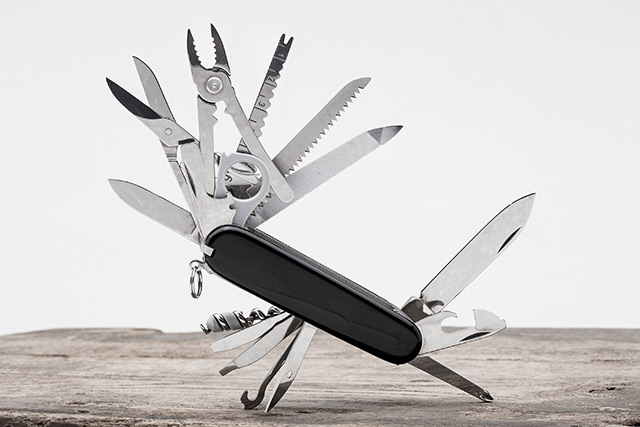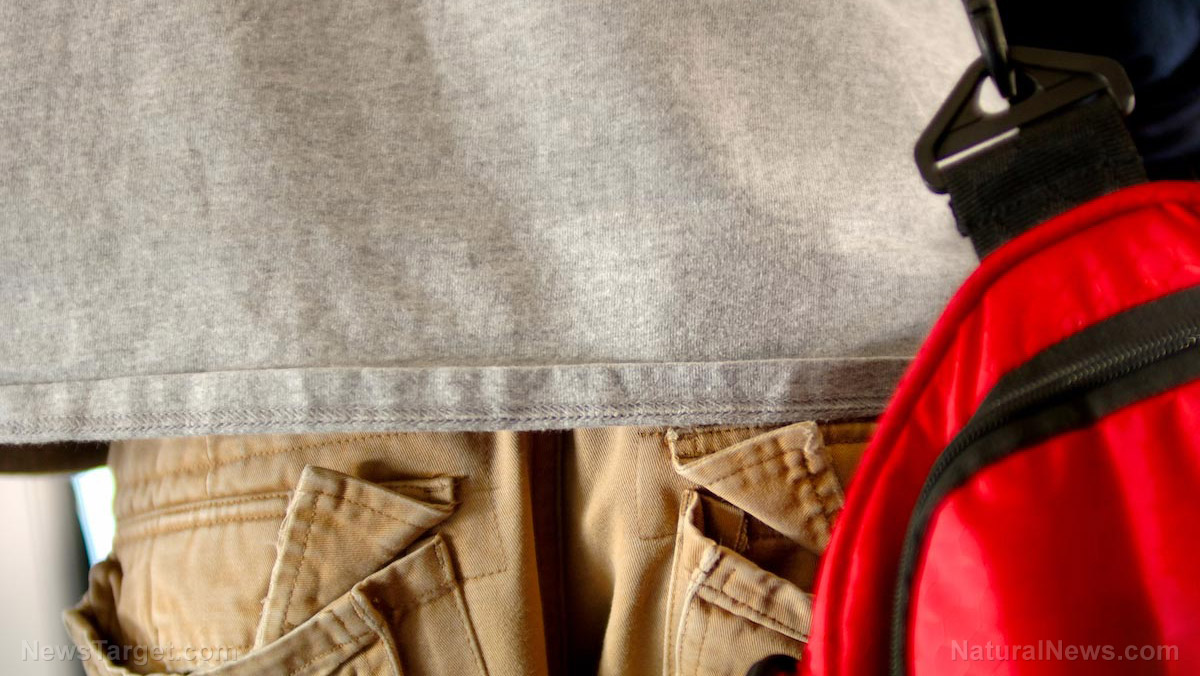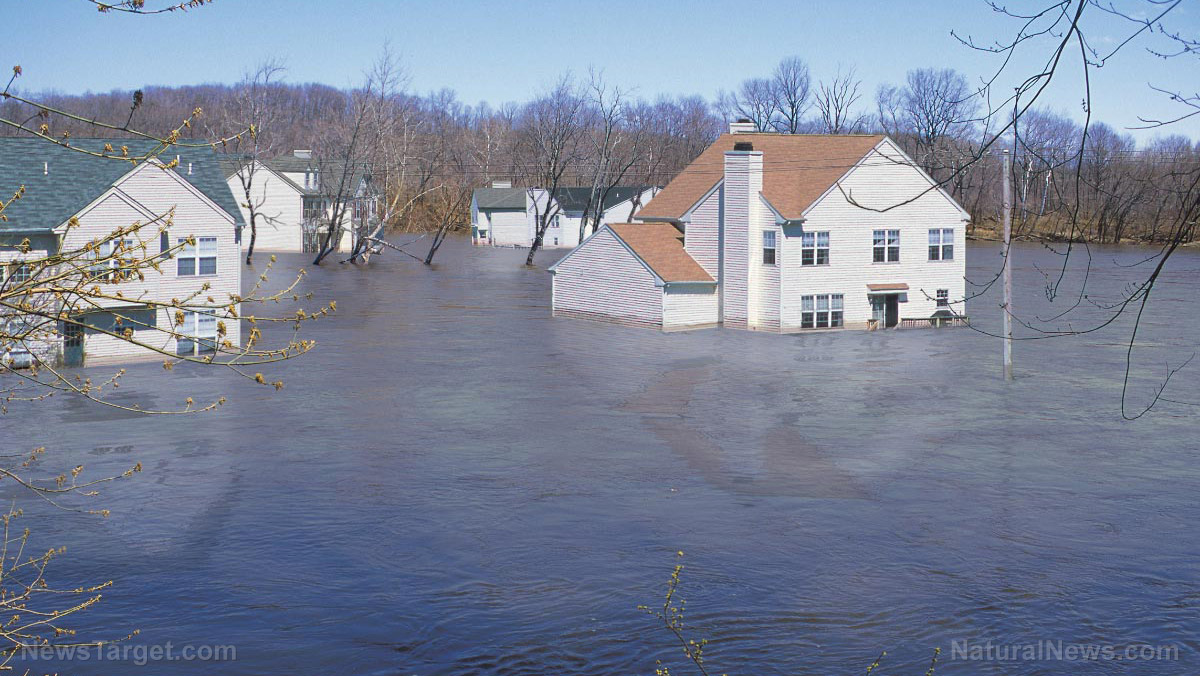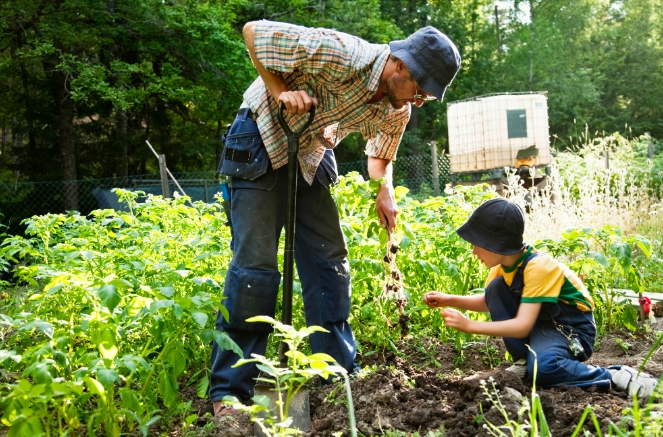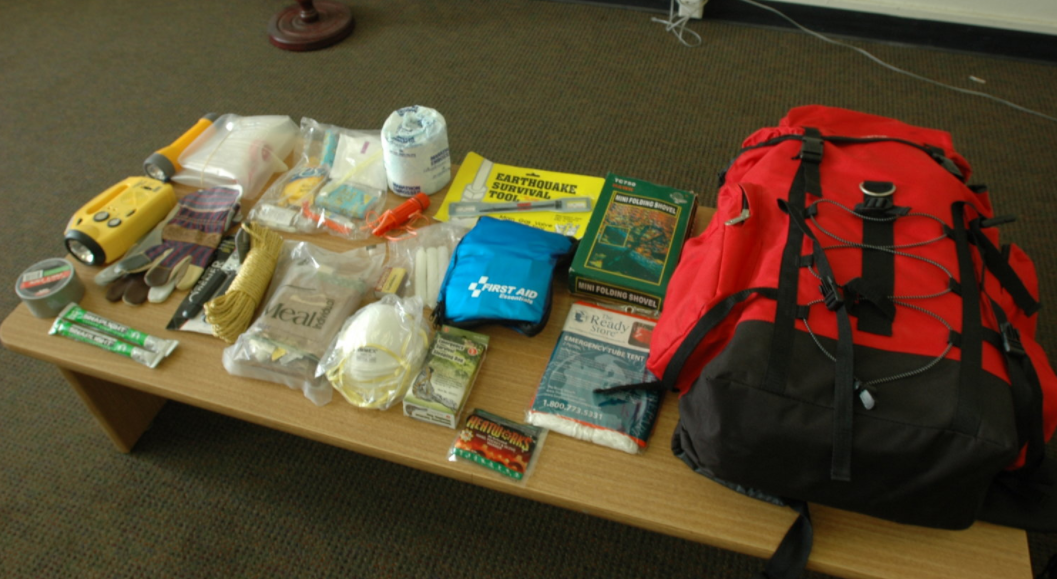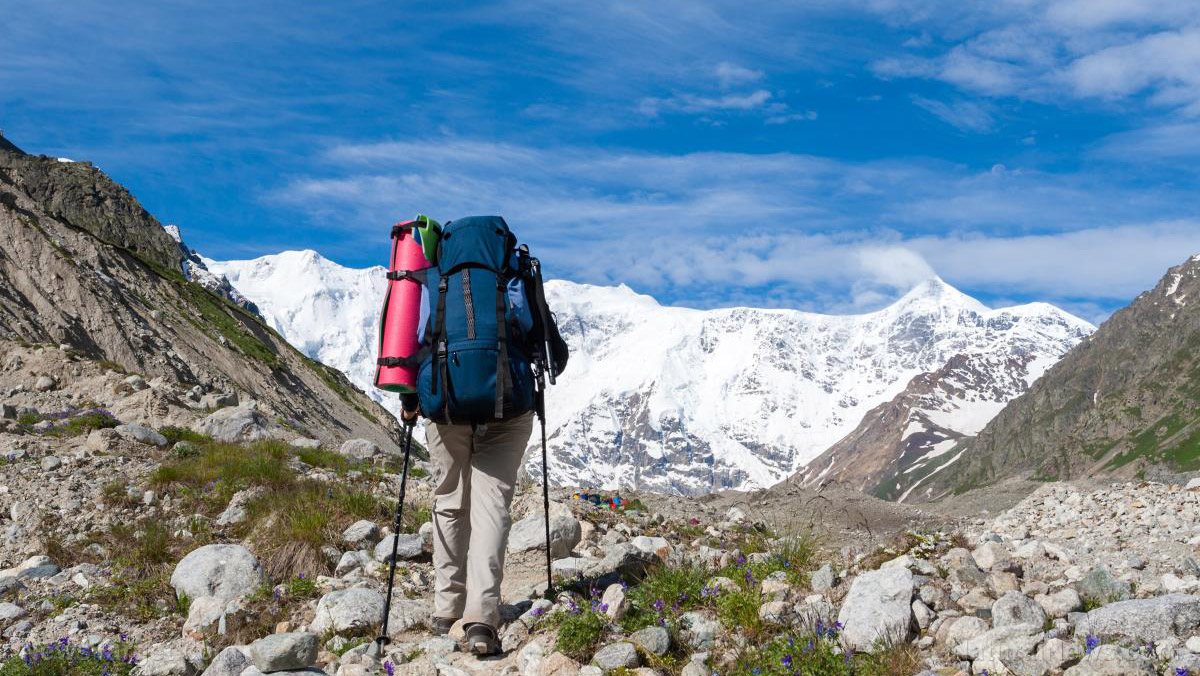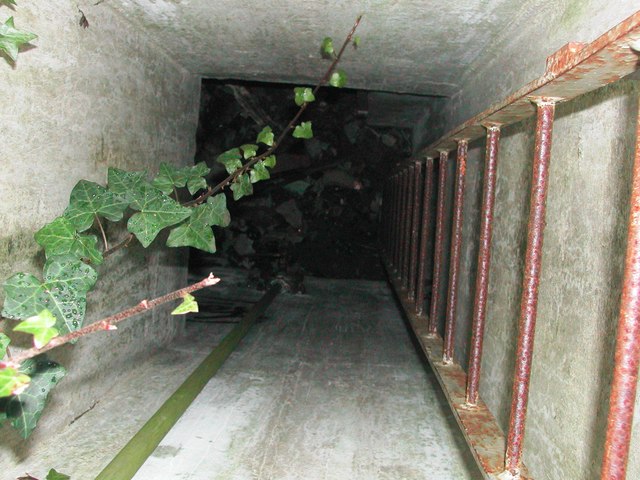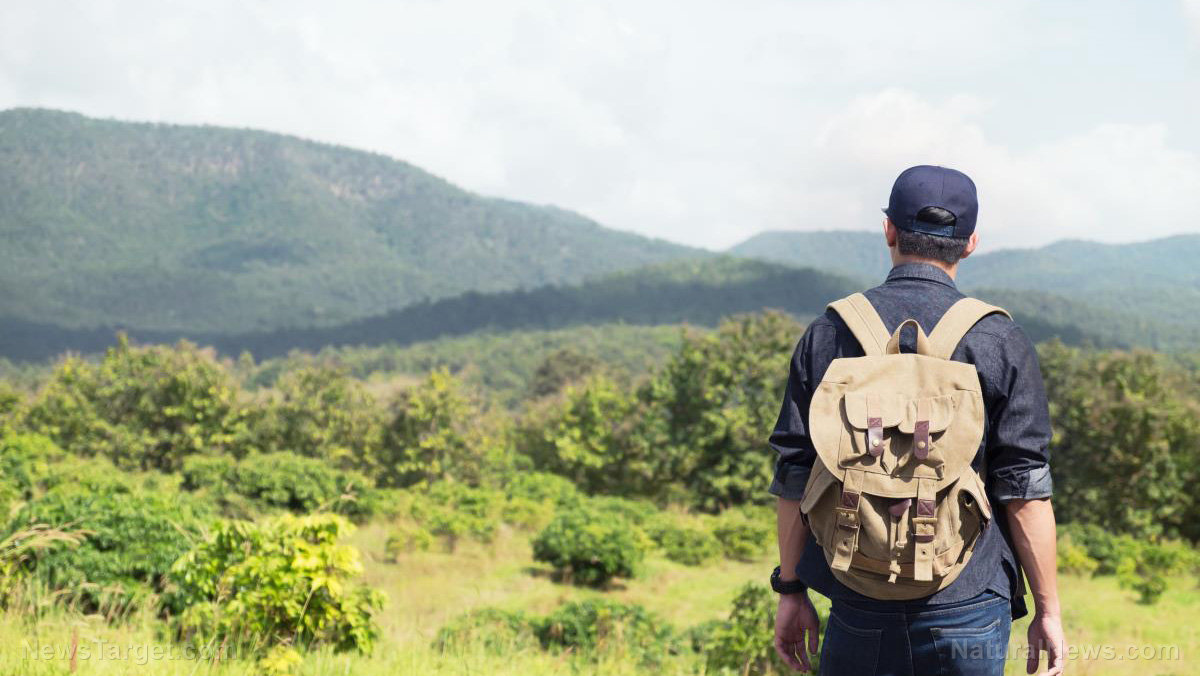15 Sources of tinder for firestarting when SHTF
11/10/2019 / By Darnel Fernandez

When going camping or bugging out in the woods, one of the basic things you need to learn is building your own fire. To build a fire, you need the right tinder. The purpose of tinder is to catch the flames from the ignition and burn long enough so that the larger kindling could start burning as well. The process continues to the larger pieces of firewood, creating a roaring campfire. Knowing what materials you can use as fire catchers can make it significantly easier to create your own fire. (h/t to ModernSurvivalBlog.com)
Good fire starters
Some tinder, like newspaper rolls and paper bags, can be prepared ahead of time so you can build a fire as soon as you get settled down in camp. However, there will be situations where gathering tinder from the wilderness may be your only option. Here are a few materials you could use as tinder:
- Leaves. You can never go wrong with old-fashioned leaves to start a fire. They will be plentiful if you’re camping out in the woods. However, keep in mind that the leaves should be dead and dry to be reliable fire starters.
- Cotton balls in petroleum jelly. Cotton balls alone are already flammable, but they tend to burn out quickly. By dipping them in petroleum jelly, commonly known as Vaseline, they can burn for much longer.
- Tree bark. If you’re out in the wilderness, you’re bound to find a few fallen trees here and there. The inside of most non-rotten bark remains relatively dry even in damp weather conditions, making it perfect for starting a fire. Cedar and birch are particularly good examples of bark that burns well.
- Wood shavings. You can snap off twigs from dead branches and scrape them down with a knife to turn them into wood shavings. You can even scrape off shavings from the larger pieces of firewood.
- Pine needles. Pine needles can be plentiful if you’re in the right place. They work similarly to leaves, so it’s highly recommended that you get dry and possibly dead pine needles to be used as kindling.
- Dried grass. If you want to speed through the fire starting process, dried grass is a good option because it burns pretty quickly. It can turn a tiny spark into a fire, granted you have enough of it to keep the fire going.
- Road flares. While not necessarily the best use for an emergency flare, they can still be used to start a fire. Flares emit sparkling hot flame for quite some time. All you have to do is point the flaming part toward your pile of firewood until it ignites.
- Paper. Paper is a versatile fire starter that could be prepared ahead of time. You can tie them into knots or roll them up into a tube. Any paper can be used as well, except those that have a glossy finish like photo paper or magazines.
- Cattails. Another one of the locational tinder sources, cattails can be found near water. You can collect the fluffy brown parts of the cattail for an extremely flammable tinder.
- Steel wool. You might be surprised to find out that the steel wool you use to scrub down your pots and pans can be used to start a fire with the help of a nine-volt battery.
- Lint. One of the easiest sources of tinder to find is lint. As you clean out your dryer, you can gather the lint and store it in a small, weatherproof container.
- Tampons and pads. Any extra feminine hygiene products can be used for starting a fire as long as you dip them in petroleum jelly to keep them burning longer.
- String. You can cut down several feet of string and spread out its fibers to turn into a makeshift bird’s nest that you can ignite.
- Gauze. If you’re desperate for a fire, you can raid your first aid kit and use gauze as a fire starter.
- Cigarette filters. Spread out these filters to form a “nest” that you can use to create an effective tinder bundle.
The wilderness can be full of dangerous things hidden in the dark, so building a campfire is beneficial for your safety. It can also provide you with warmth, and a means to cook food foraged within the vicinity of your campsite. Learn more basic wilderness survival skills at Survival.news.
Sources include:
Tagged Under: bug out, campfire, camping, kindling, off grid, preparedness, prepping, survival, survival gear, survival skills, tinder, wilderness
RECENT NEWS & ARTICLES
COPYRIGHT © 2018 SURVIVALGEAR.NEWS
All content posted on this site is protected under Free Speech. SurvivalGear.news is not responsible for content written by contributing authors. The information on this site is provided for educational and entertainment purposes only. It is not intended as a substitute for professional advice of any kind. SurvivalGear.news assumes no responsibility for the use or misuse of this material. All trademarks, registered trademarks and service marks mentioned on this site are the property of their respective owners.




